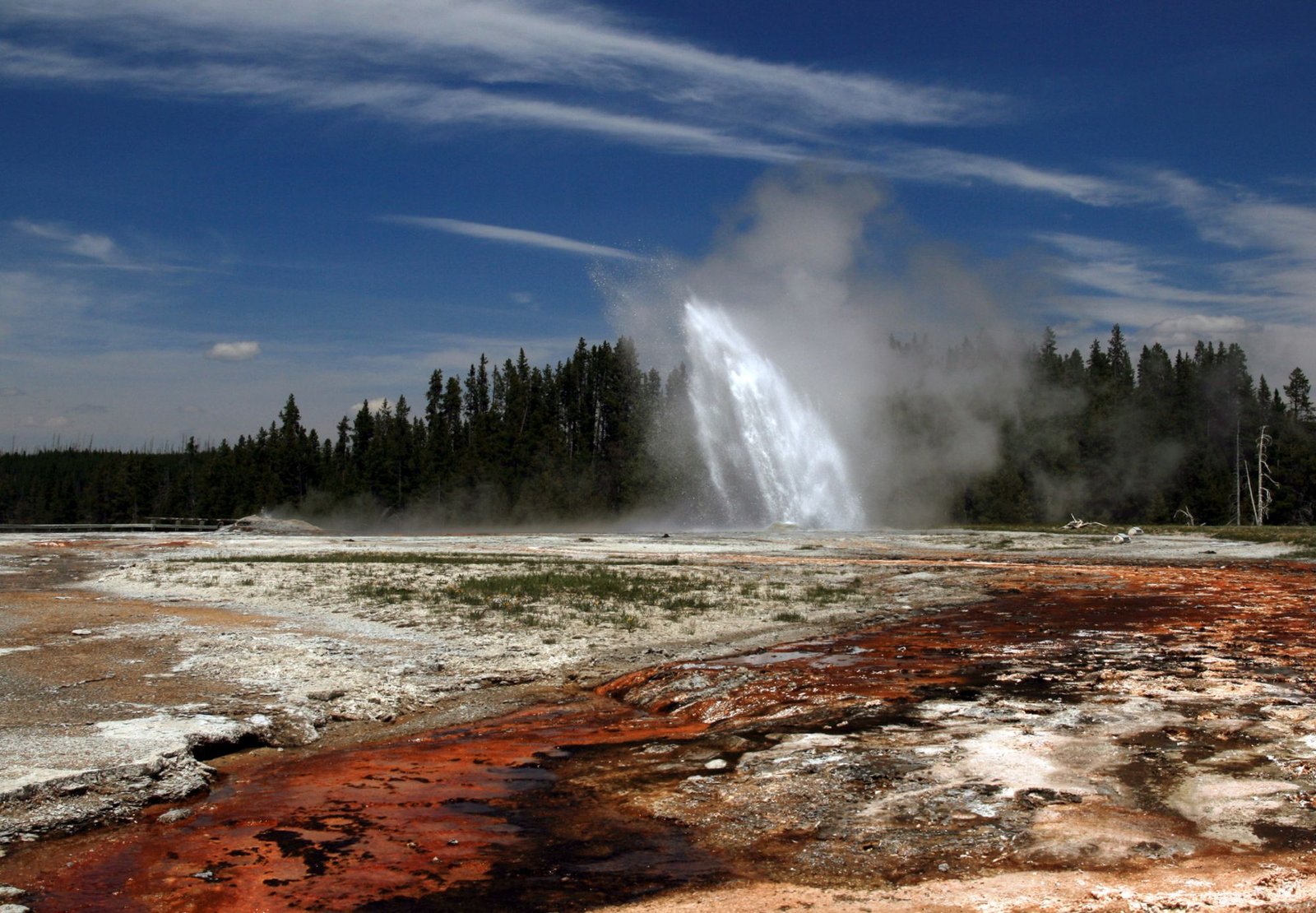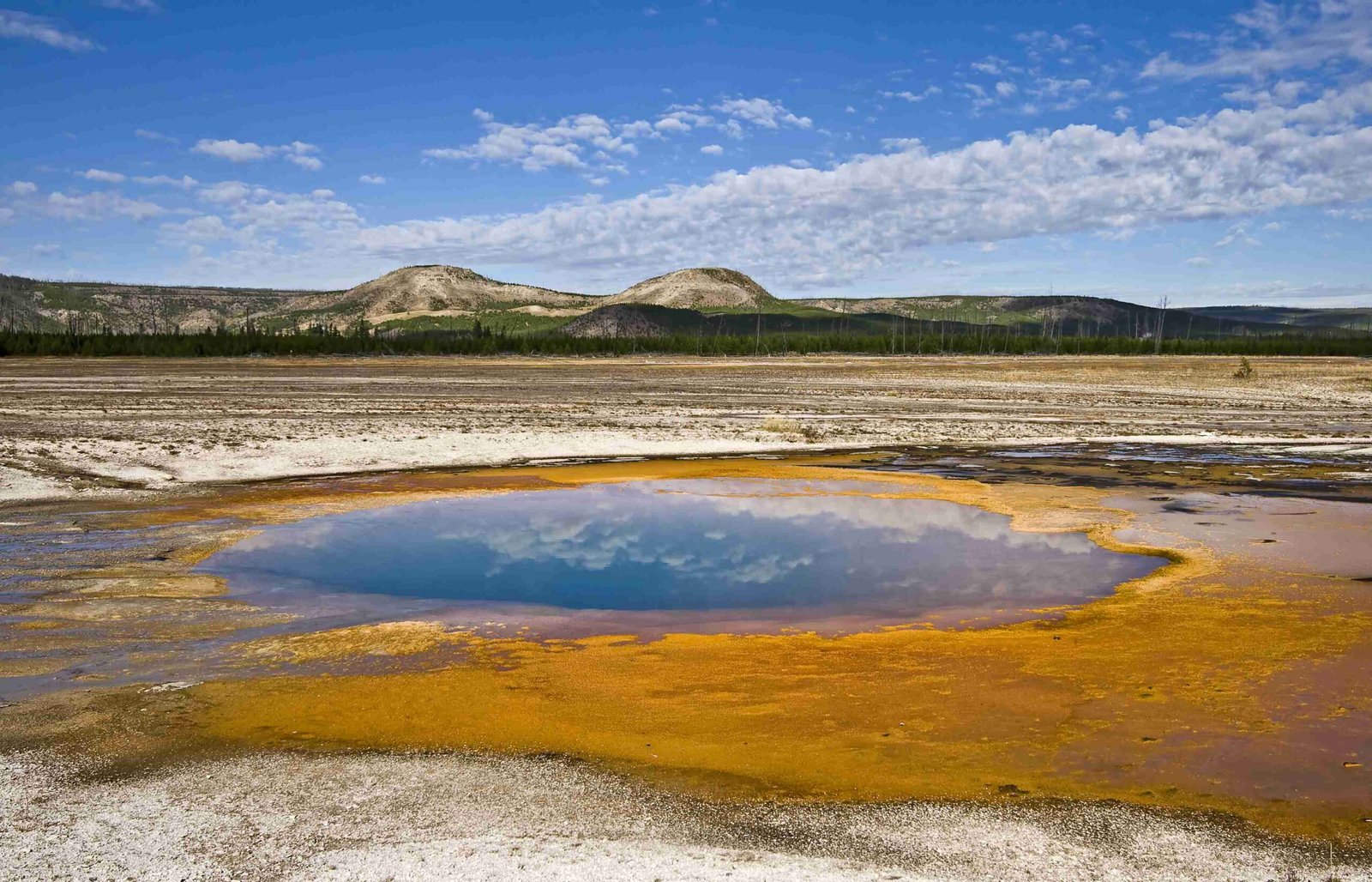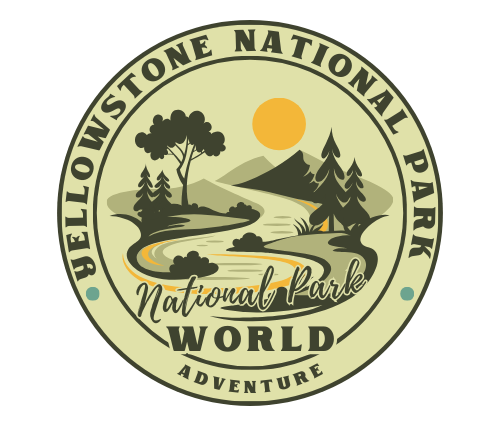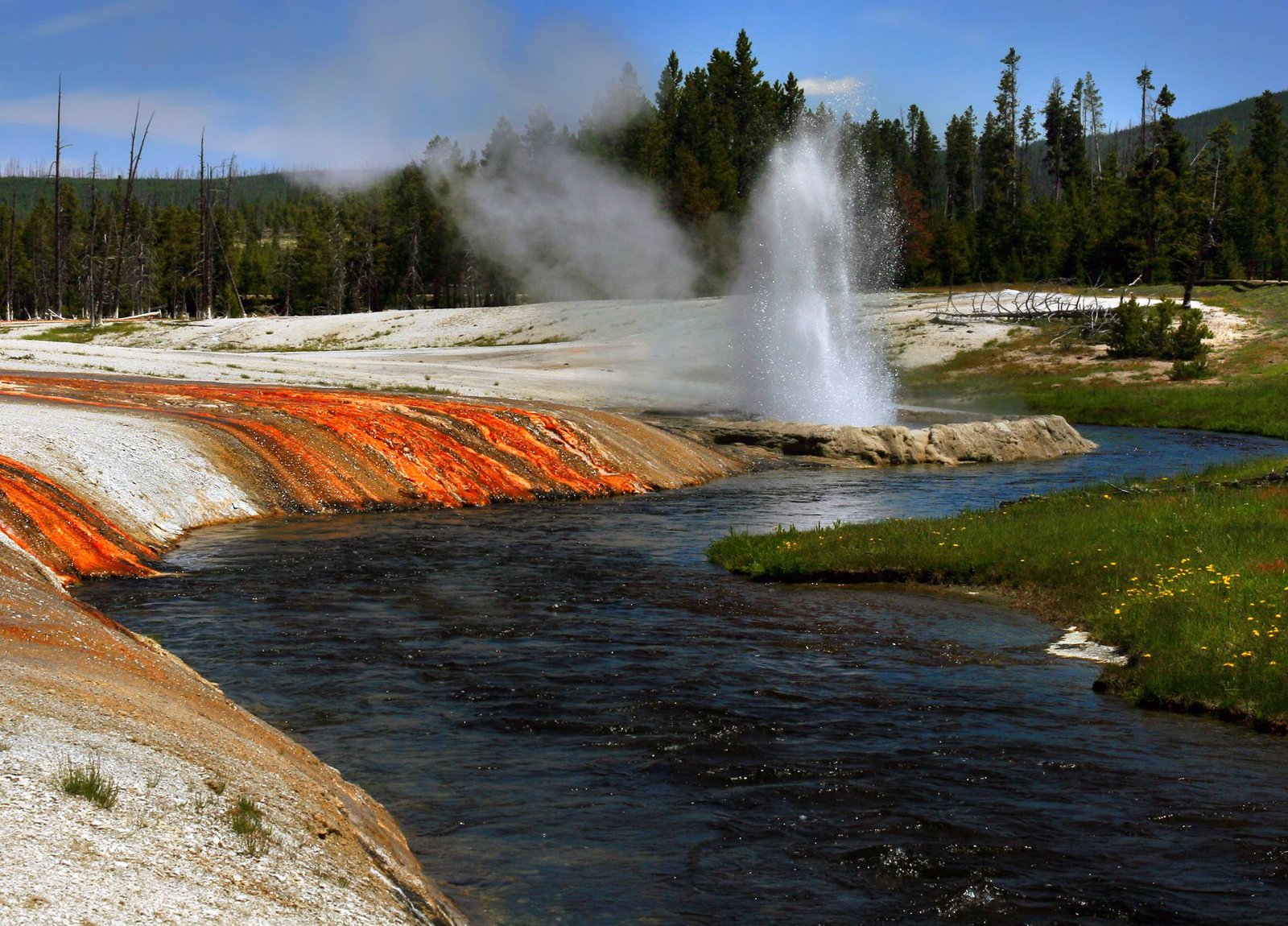Yellowstone National Park stands as a prime example of preservation conservation, balancing ecosystem protection with visitor access. The park employs various strategies to maintain its natural state while allowing for public enjoyment. These include ecological process management, wildlife reintroduction programs, and partnerships with Native American tribes. Yellowstone’s approach demonstrates how preservation and conservation can coexist in protected areas.
What Are the Key Conservation Practices in Yellowstone?

Yellowstone National Park implements several crucial conservation practices:
- Ecological Process Management
- Wolf Reintroduction Program
- Bison Conservation Transfer Program
- Greater Yellowstone Ecosystem Management
- Energy and Water Conservation Initiatives
- Comprehensive Waste Management and Recycling
How Does Ecological Process Management Work?
Ecological process management is a cornerstone of Yellowstone’s conservation strategy. This approach, adopted after the 1963 Leopold Report, allows natural processes to regulate native species populations rather than relying on artificial management. By doing so, the park maintains ecosystem health and balance.
What Impact Has the Wolf Reintroduction Program Had?
The reintroduction of wolves in 1995 has been a significant success story in Yellowstone’s conservation efforts. This initiative has:
- Regulated elk populations
- Improved plant life
- Supported other species like grizzly bears and beavers
The wolf reintroduction demonstrates the interconnectedness of species within ecosystems and showcases how a single conservation action can have far-reaching positive effects.
How Does Yellowstone Preserve Its Ecosystem?

Yellowstone employs various strategies to preserve its unique ecosystem:
- Greater Yellowstone Ecosystem (GYE) Management
- Energy and Water Conservation Measures
- Waste Management and Recycling Programs
What Is the Greater Yellowstone Ecosystem Management Approach?
Yellowstone partners with local land managers, states, and coalitions to manage the entire Greater Yellowstone Ecosystem. This collaborative approach ensures the health of one of the world’s largest nearly intact temperate-zone ecosystems.
How Does Yellowstone Conserve Energy and Water?
The park implements several measures to reduce energy use and conserve water:
- Making facilities more energy-efficient
- Increasing the use of renewable energy
- Using WaterSense compliant fixtures
- Implementing smart controllers for irrigation
These efforts not only preserve resources but also set an example for sustainable practices in protected areas.
What Quantitative Data Supports Yellowstone’s Conservation Efforts?
Yellowstone’s conservation efforts are supported by impressive quantitative data:
| Conservation Metric | Data |
|---|---|
| Area Preserved | 2.2 million acres |
| Species Protected | Largest concentration in lower 48 states |
| Bison Transferred (since 2019) | 414 |
| Tribes Receiving Bison | 26 across 12 states |
These numbers highlight the scale and impact of Yellowstone’s preservation and conservation initiatives.
How Does Yellowstone Manage Visitors While Preserving the Environment?
Yellowstone employs various strategies to balance visitor access with environmental preservation:
- Visitor Centers and Educational Programs
- Ranger-led Tours
- Junior Ranger Program
- Habitat Restoration Projects
What Educational Programs Does Yellowstone Offer?
Yellowstone provides numerous educational opportunities:
- Ranger programs
- Guided tours
- Junior Ranger program
- 13 visitor centers, museums, and contact stations
These programs help manage visitor impacts while promoting conservation awareness.
How Does Yellowstone Collaborate with Native American Tribes?
Yellowstone’s collaboration with Native American tribes is a crucial aspect of its preservation and conservation efforts:
- Bison Conservation Transfer Program
- Cultural Preservation Initiatives
- Educational Programs with Tribal Interns
The Bison Conservation Transfer Program, in particular, has successfully transferred 414 bison to the Assiniboine and Sioux Tribes since 2019, supporting both ecological and cultural conservation.
What Amenities Does Yellowstone Offer for Conservation Efforts?
Yellowstone provides various amenities to support its conservation efforts:
- Visitor Centers and Museums
- Guided Tours
- Volunteer Program
- Accessible Trails and Facilities
How Can Visitors Participate in Conservation Efforts?
Visitors can participate in Yellowstone’s conservation efforts through:
- Attending ranger programs
- Joining guided tours
- Participating in the Junior Ranger program
- Volunteering (over 500 volunteers contribute annually)
These opportunities allow visitors to actively engage in preservation and conservation activities.
What Are the Costs and Scheduling Details for Visiting Yellowstone?
Visiting Yellowstone involves various costs and scheduling considerations:
- Private Vehicle Pass: $35 for a 7-day pass
- Guided Tours: Costs vary, included in educational programs
- Scheduling: Information available on the park’s website and at visitor centers
By offering a range of options, Yellowstone ensures that visitors can experience the park’s conservation efforts firsthand while contributing to its preservation.
In conclusion, Yellowstone National Park serves as a prime example of preservation conservation, balancing ecosystem protection with public access and education. Through its diverse range of initiatives, from wildlife management to visitor programs, Yellowstone demonstrates how large-scale conservation can be successfully implemented and maintained.

